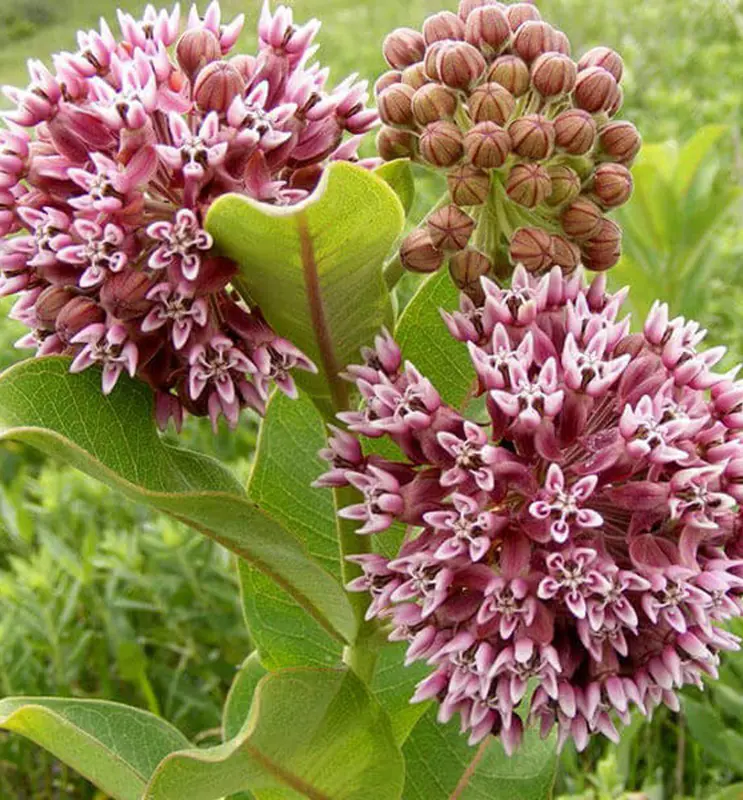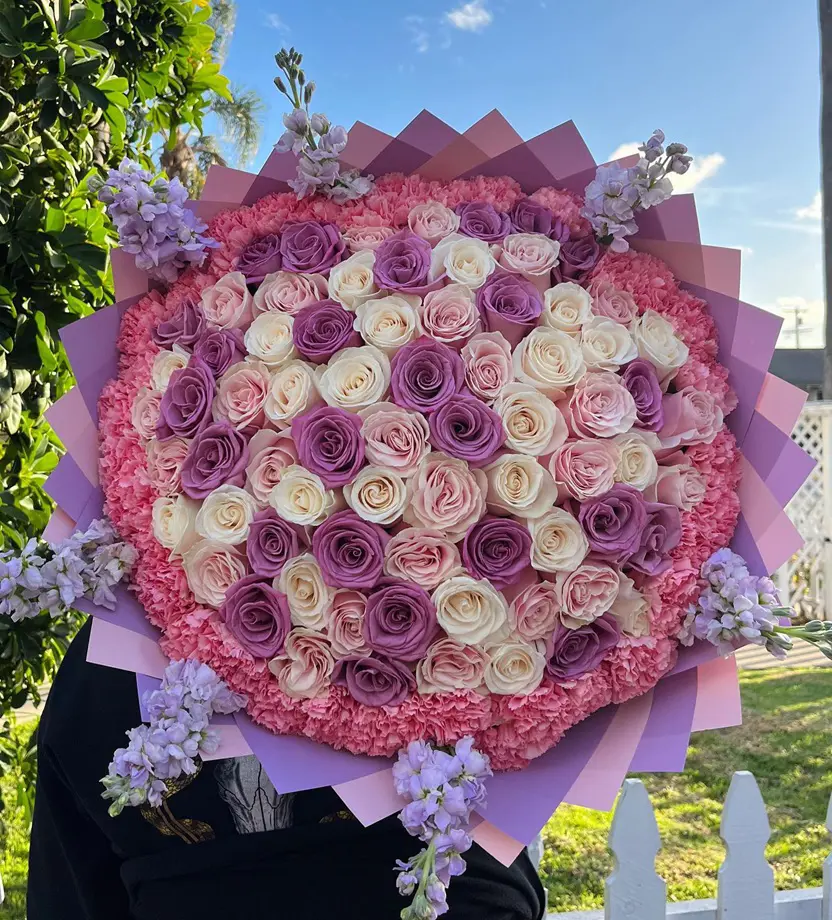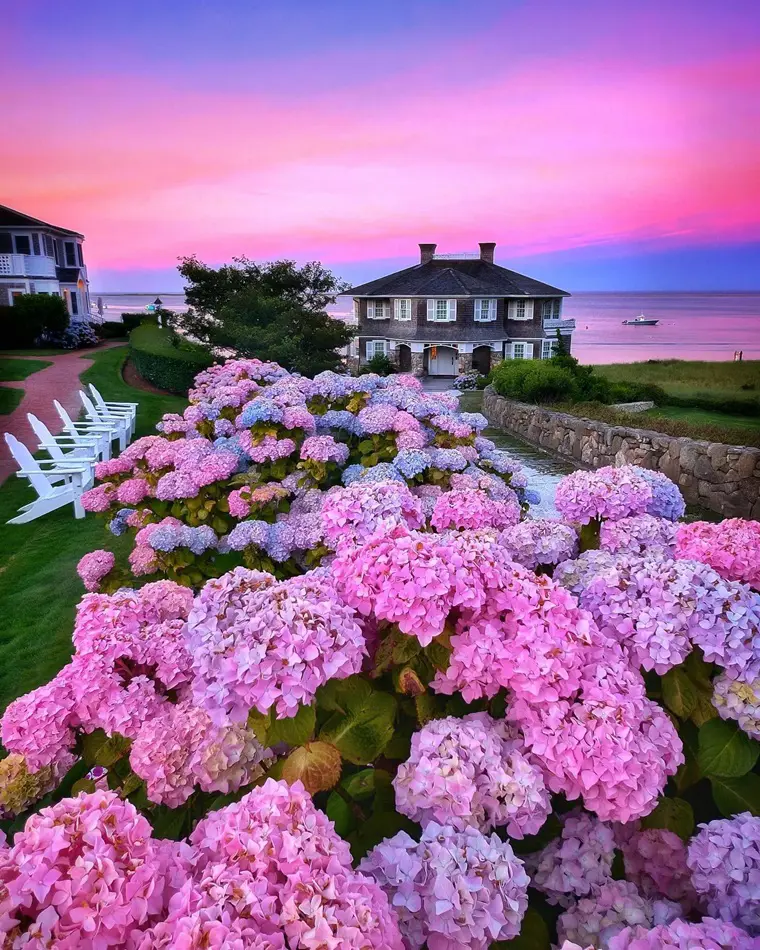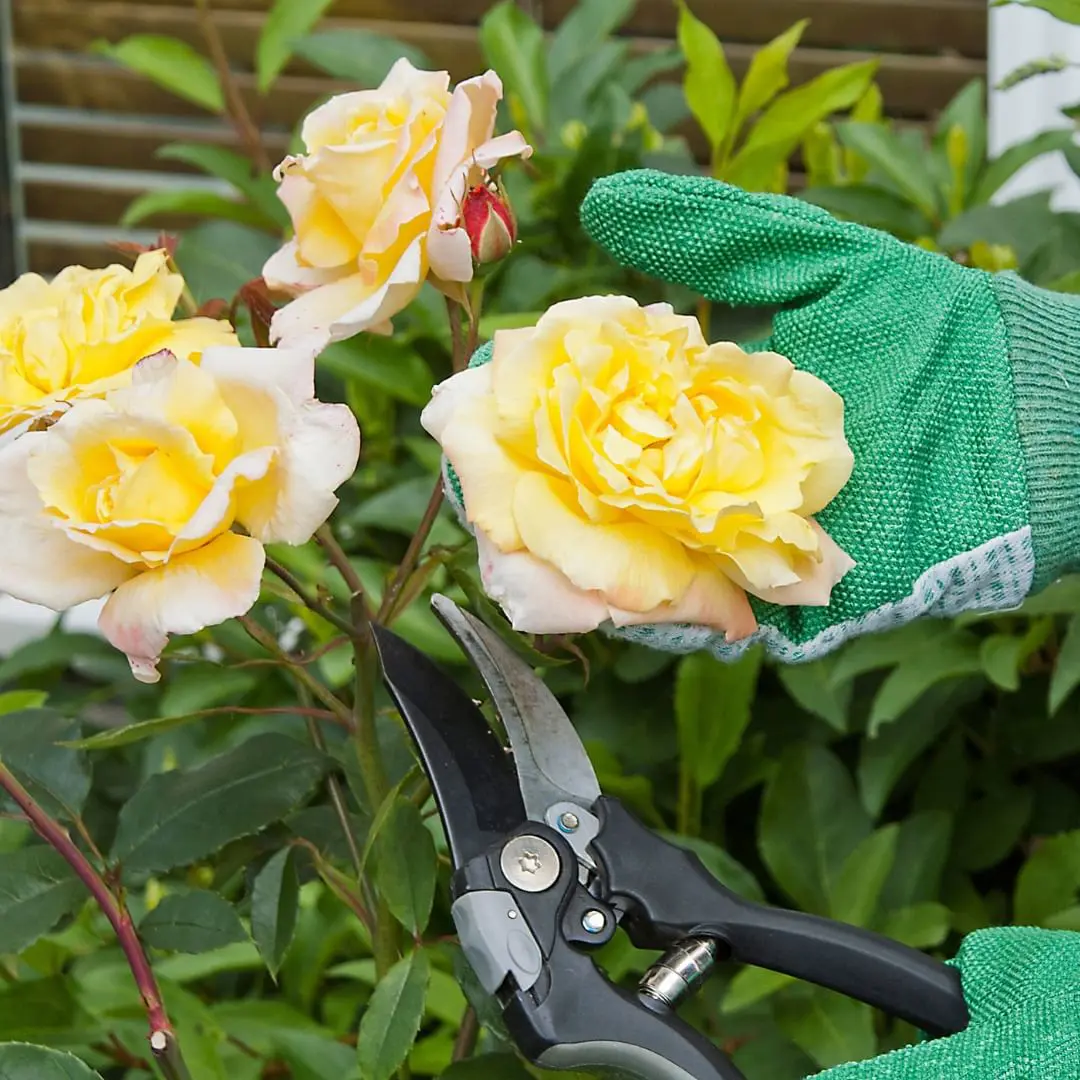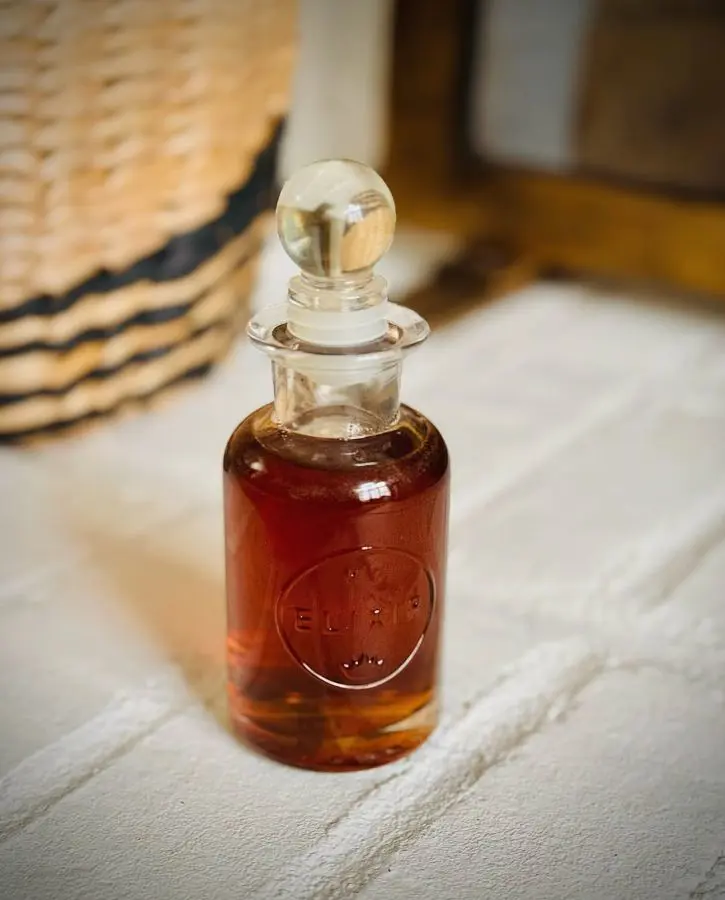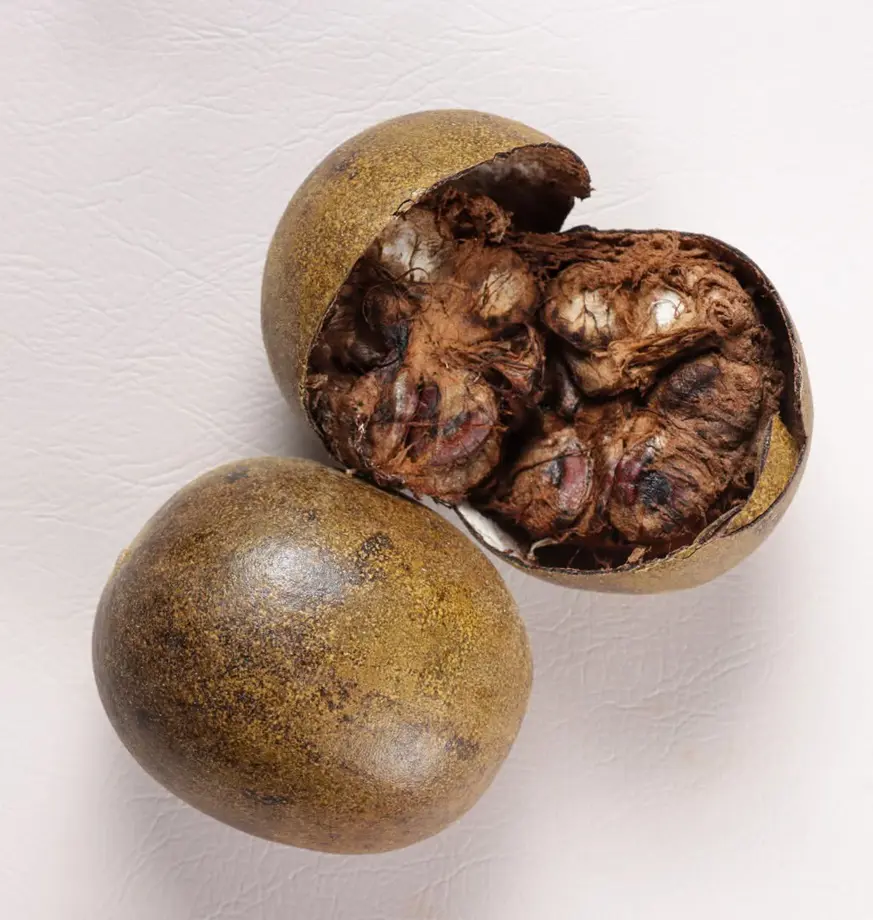Annuals vs Perennials For Landscaping - Differences To Know

This post may contain affiliate links. If you make a purchase through links on our site, we may earn a commission.
Choosing between annuals and perennials for your landscaping can be a fun and rewarding decision. Both have their own unique advantages and can create stunning results.
However, understanding the key differences will help you make the best choice for your needs. We have come up with a breakdown of the main points to consider.
Difference Between Annuals vs Perennials

Annual plants are those that complete their life cycle, from germination to flowering, seed production, and death, all within one growing season. If the plants are true annuals, they will germinate, flower, set seed, and die all in one season. Examples of annual plants include zinnias, cosmos, larkspur, marigolds, and sunflowers.
On the other hand, perennials are those that live for more than two years, persisting for decades or longer, and re-emerge each spring from the same root system. these plants can be propagated by dividing established plants, taking cuttings, or sowing the seeds. They are available in many shapes and sizes, with flowers in every color imaginable, and can perform for many years.
Annual vs Perennial Lifespan
- Annuals: These plants live for only one growing season, completing their entire life cycle (seed to flower to seed) and dying off with frost. You need to replant them every year.
- Perennials: These plants will return year after year, surviving through winter and regrowing in spring. They typically live for 3 to 5 years, and some may even last for decades.
Annuals vs Perennials Flowers Blooming
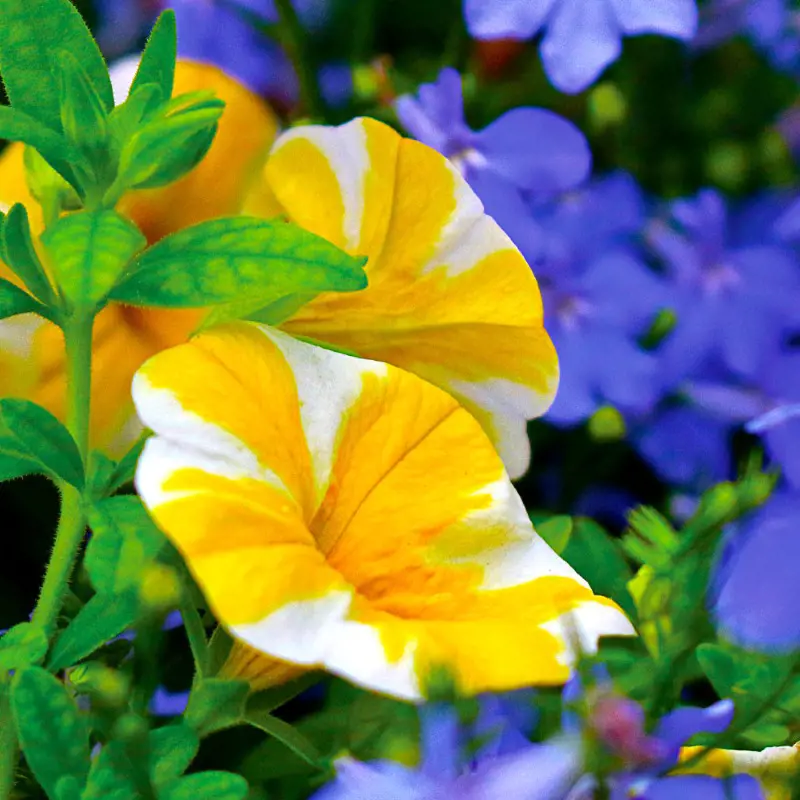
- Annuals: Annual plants often boast long blooming periods, with some even flowering throughout the entire season. These plants put all their energy into flowering, offering vibrant and diverse displays.
- Perennials: Compared to annual plants, these perennials have shorter bloom cycles, with some exceptions like daylilies or coneflowers. However, they offer variety by blooming at different times throughout the season, extending your overall flower power.
Annual vs Perennials Maintenance
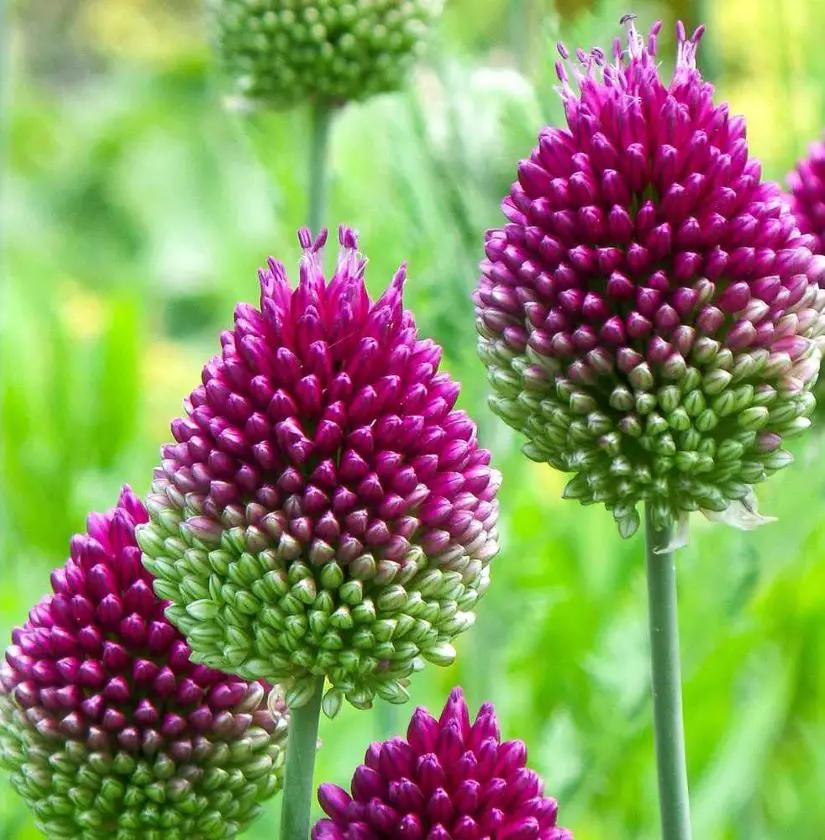
- Annuals: Generally, annual plants require less maintenance than perennials, needing minimal dividing or splitting. However, they require annual replanting and may need more frequent watering and fertilizing during peak bloom.
- Perennials: Once established, perennial flowers require less work in terms of planting and watering. Despite this, they may need periodic dividing, and deadheading to encourage reblooming and occasional pruning.
Perennials vs Annuals Garden Design
- Perennials: These plants form the backbone of a garden, providing structure and interest year-round, even when not in bloom. They are ideal for creating natural-looking landscapes, borders, and foundation plantings.
- Annuals: In contrast, these plants offer incredible flexibility for creating instant pops of color, filling in gaps, and experimenting with different designs each year. They are perfect for borders, containers, and mass plantings.
Annual vs Perennial Plant Cost Effectiveness
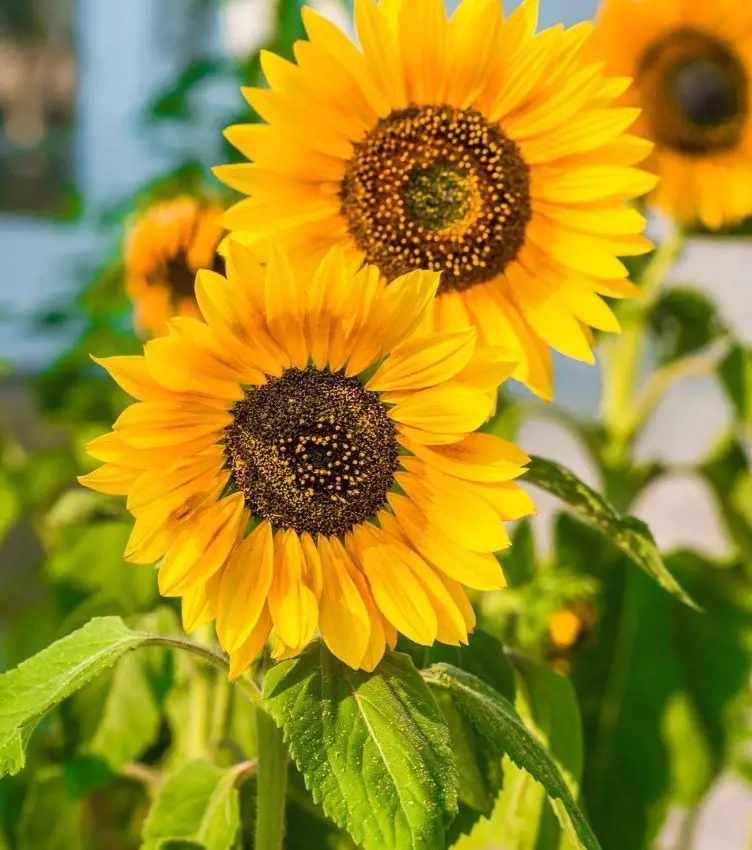
- Annuals: Annual plants can be more cost-effective initially, as individual plants are often cheaper than perennials. Nevertheless, the ongoing cost of repurchasing them every year can add up.
- Perennials: These plants have a higher initial cost per plant, but their long lifespan makes them more cost-effective in the long run.
Types of Annual Plants
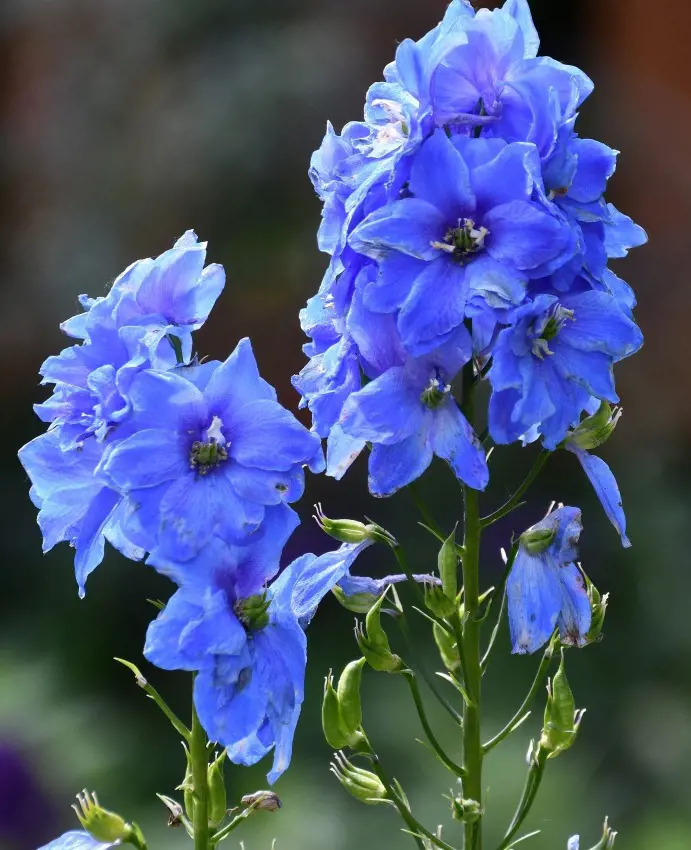
There are many different types of annual plants, but we have generally categorized them into three groups: by season, by use, and other types.
By Season
Cool-season annuals
These beauties thrive in cooler temperatures and can even tolerate light frost, making them perfect for early spring and fall plantings. Examples of this type of plant include pansies, violas, snapdragons, larkspur, and calendulas.
Warm-season annuals
These annuals prefer warm weather and typically don't do well in cold temperatures. You need to plant them after the last frost has passed. Some popular examples include marigolds, petunias, zinnias, and cosmos.
By Use
Flowering annuals
Flowering annuals are grown primarily for their beautiful blooms. These flowers come in a wide variety of colors, shapes, and sizes, and can be used to add color and interest to any garden. Some popular examples include petunias, zinnias, marigolds, and cosmos.
Foliage annuals
These annuals are grown for their attractive leaves, which can be green, purple, red, or even variegated. You may use them to add contrast and texture to your gardens. Some popular examples include coleus, dusty miller, and sweet potato vine.
Vegetable annuals
These are grown for their edible fruits or seeds. They are a great way to get fresh produce from your own garden. Some popular annual vegetables are tomatoes, peppers, eggplants, cucumbers, and lettuce.
Other types
Everblooming annuals
These plants continue to bloom throughout the growing season, providing you with color from early spring until frost. Some well-loved everblooming annuals include petunias, zinnias, and marigolds.
Climbing annuals
These vines can be trained to climb trellises, fences, or other structures. They are a great way to add vertical interest to your garden. Some widely recognized examples include clematis, morning glories, and sweet potato vine.
Below, we have discussed five types of annual plants.
Cosmos
These cheerful daisy-like flowers come in a vibrant range of colors like pink, purple, white, and yellow. They bloom profusely from early summer to frost, attracting pollinators like butterflies and bees.
Cosmos prefer full sun and well-drained soil, reaching heights of 2 to 5 feet depending on their variety. Their airy foliage and delicate blooms add a touch of elegance to borders, containers, and cottage gardens.
Marigolds
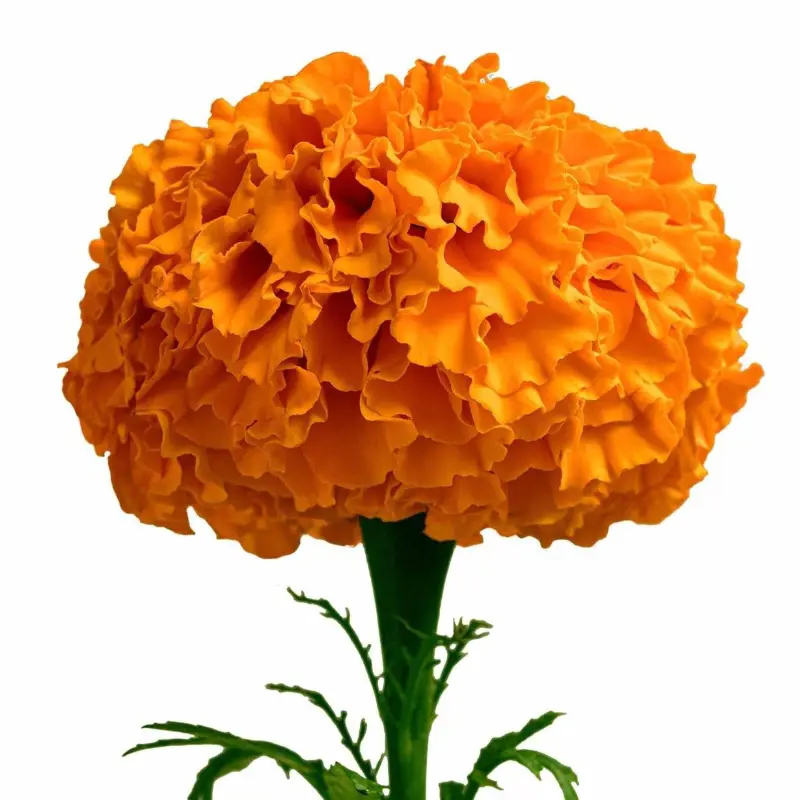
Renowned for their vibrant orange, yellow, and red blooms, marigolds are not just beautiful, but also beneficial garden companions. They deter pests like nematodes and certain insects, making them ideal for organic gardens.
Marigolds thrive in full sun and well-drained soil. These flowers attain heights of 6 to 36 inches, adding pops of color to borders, edging, and container gardening.
Zinnias
These easy-to-grow annuals boast large, daisy-like blooms in a diverse range of colors, from fiery orange and vibrant pink to delicate lavender and soft white.
Zinnias grow in full sun and well-drained soil, blooming profusely from early summer until frost. Reaching heights of 1 to 4 feet depending on the variety, they make excellent choices for borders, containers, and cutting gardens.
Basil
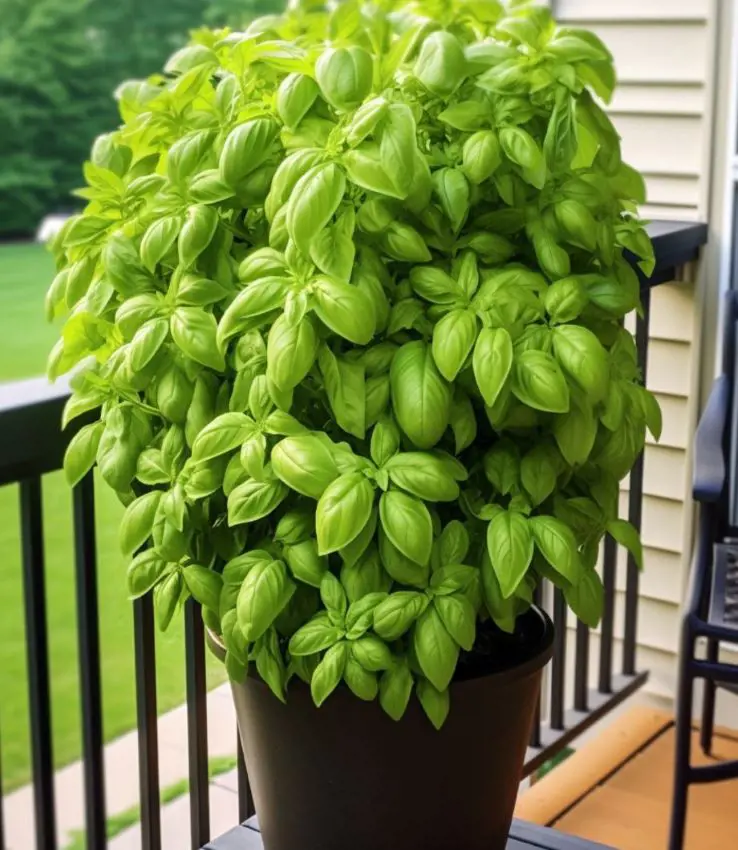
This culinary herb isn't just fragrant and delicious, but also visually appealing with its glossy green leaves and spikes of purple flowers. This herb thrives in full sun and well-drained soil, reaching heights of 12 to 24 inches.
While most varieties are grown for their leaves, the flowering tops of this plant attract pollinators and add visual interest to herb gardens and containers.
Snapdragons
These charming flowers resemble dragon faces, hence their name. They come in a delightful range of colors such as pink, yellow, orange, purple, and white, and bloom in spikes throughout summer and fall.
Snapdragons prefer full sun and well-drained soil, reaching heights of 6 to 36 inches depending on the variety. They are perfect for borders, containers, and cutting gardens, adding a whimsical touch to any space.
Types of Perennials Plants
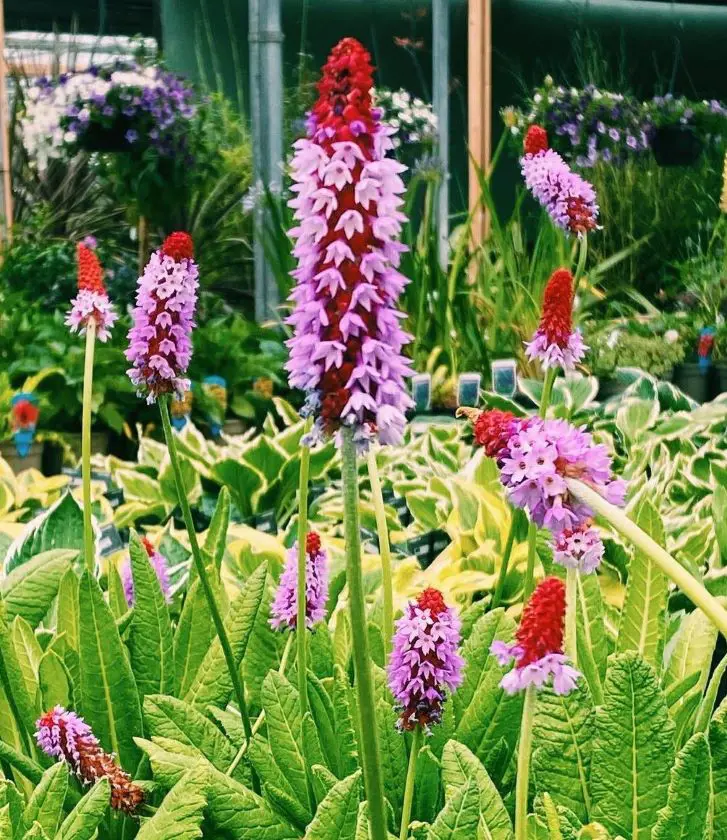
Perennials are a great choice for gardeners because they are low-maintenance plants. Once established, they don't need to be replanted every year. In this discussion, we will explore various types of these plants.
Herbaceous perennials
These are the most common type of perennial, and they die back to the ground in the winter. Their roots or other underground structures survive the winter, and they re-sprout in the spring. Examples of herbaceous perennials include daylilies, hostas, and peonies.
Evergreen perennials
Evergreen perennials are plants that retain their leaves throughout the year, unlike deciduous plants that shed their leaves in the fall or winter. They are valuable for adding color and vitality to a garden, especially during the colder months when many other plants are dormant.
Examples of evergreen perennials include heuchera, bergenia, and ajuga. These plants require less care and provide ongoing interest to the garden, making them an excellent choice for year-round beauty and structure.
Woody perennials
Woody perennials have woody stems and roots and they live for more than two years. These plants come in all shapes and sizes, from towering trees to low-growing shrubs, and they play an important role in the landscape, providing food and shelter for wildlife and adding beauty to our gardens.
Below, we have discussed five types of perennial plants.
Lavender
This fragrant beauty is a must-have for any sunny garden. Its silvery-green foliage and spikes of purple flowers bloom from late spring to early summer, attracting bees and butterflies.
Lavender thrives in well-drained soil and is drought-tolerant once established. It can grow up to 3 feet tall and wide, making it perfect for borders, edging, or containers.
Daylily
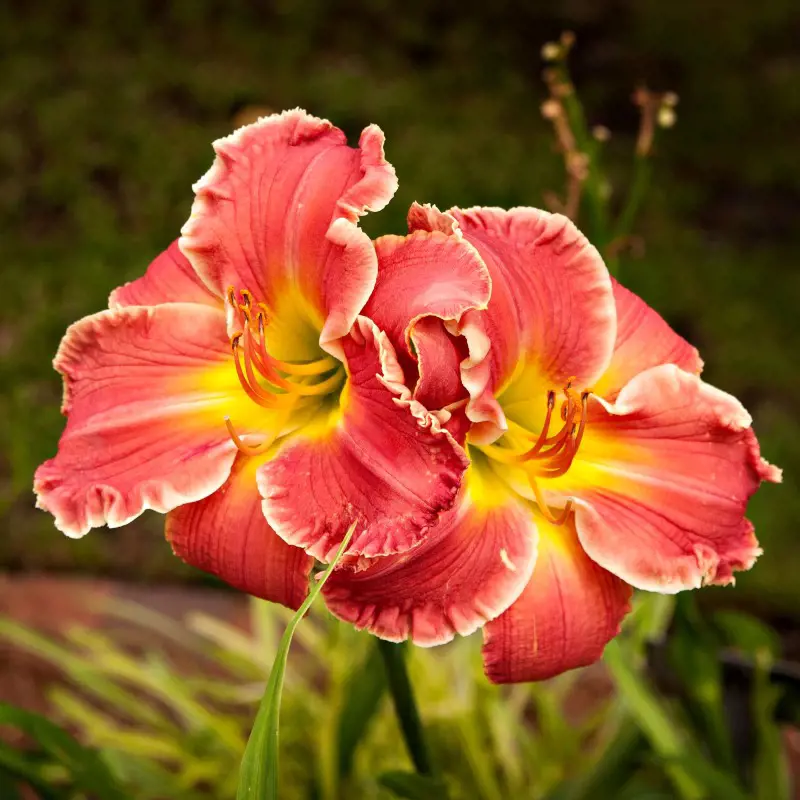
These versatile perennials come in a wide variety of colors and bloom times, providing months of color from early summer to fall. Daylilies are low-maintenance and require little watering once established.
Daylily prefers full sun but can tolerate some shade also. They grow in clumps 2 to 3 feet tall and wide, making them ideal for borders, beds, or naturalizing.
Peony
Peonies come in a variety of colors, including white, pink, red, and yellow. These showy perennials are known for their large, fragrant flowers that bloom in late spring or early summer.
Peony prefers full sun and well-drained soil. They can grow up to 3 to 4 feet tall and wide, making them a stunning addition to any garden.
Russian Sage
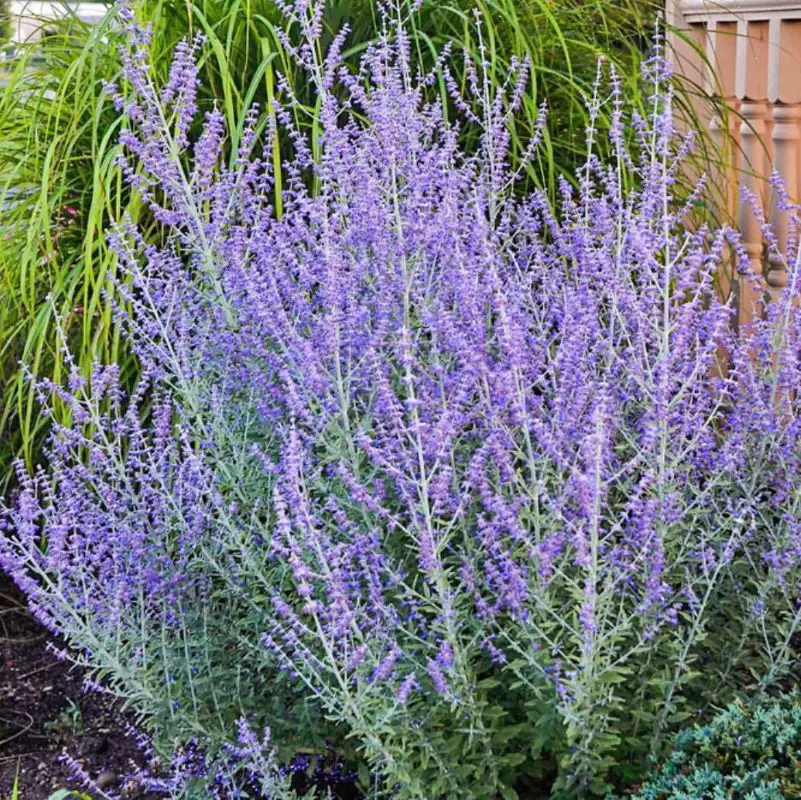
This architectural perennial is valued for its silvery-gray foliage and spikes of lavender-blue flowers that bloom from midsummer to fall. Russian sage is drought-tolerant and thrives in well-drained soil.
This plant can grow up to 3 to 5 feet tall and 2 to 3 feet wide, making it perfect for raised beds, borders, and xeriscaping.
Recent posts
Gardening
Gardening
How To Grow Grass From Seed? Planting And Caring Guide
Growing grass seems like an easy task. But the ones who are already into it know how much work and patience is required for its maintenance, to transform the outdoor space into a lush, green oasis. For beginners who are starting from scratch or someo...
Gardening
How To Grow, Plant And Care Milkweed From Seed
Planting milkweed from seed is one of the most satisfactory practices. It not only adds value to your garden aesthetics but also contributes essential instinct pollinators, including monarch butterflies. Many milkweed seeds germinate best when expos...
Gardening
18 Rose Colors And Their Meanings
Roses are not only elegant flowers but they also represent something more profound. Every color of a rose has its special meaning, making it a powerful tool when it comes to conveying messages in personal relationships and occasions. Ranging fr...
Gardening
When To Plant Vegetables – A Month By Month Calendar
Understanding when to plant vegetables is essential to successful gardening as timing alone can greatly affect the productivity and health of vegetables. A month-by-month planting calendar is useful because not every month is ideal for a specific pro...
Gardening
How To Prune Hydrangeas So That It Stays Healthy
The name hydrangea conjures clusters of flowers packed densely. Hydrangeas can grow in both old and old wood, and depending on the varieties, pruning time may differ. Pruning hydrangeas is a fundamental practice for gardeners wanting to maintain thei...
Gardening
How To Prune Roses With These 10 Steps
Pruning these thorn-filled plants might seem scary, but it's crucial for having abundant rose blooms. Cutting back old growth encourages new, vibrant growth, removes dead parts, and shapes the plant. This practice also reduces the risk of fungal dise...

